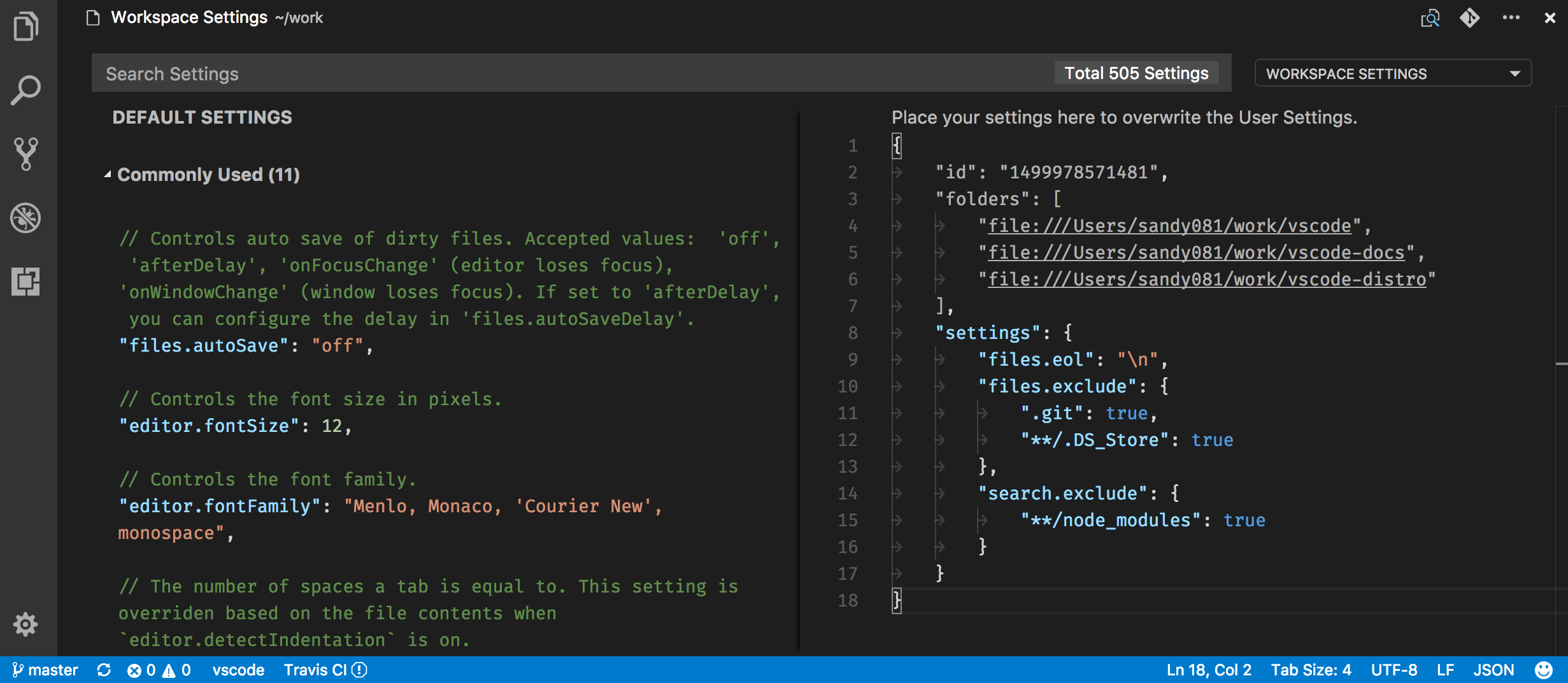

These changes are stored in your currently active profile. You can install/uninstall/disable extensions, change settings, and adjust the editor's UI layout (for example, moving and hiding views) like normal. You can edit a profile just as you would normally change any VS Code configuration. The Manage gear button displays a badge with the first two letters of the active profile so you can quickly check which profile you are running. If you are still using the Default Profile, no profile name is displayed. The current profile name is displayed in several places in the VS Code UI: Once you choose whether to create a new profile based on the current profile or an empty profile, you are prompted to enter a name for the new profile. The Profiles: Create Profile command is also available in the Command Palette ( ⇧⌘P (Windows, Linux Ctrl+Shift+P)). You can also access the Profile command menu via the Manage gear button in the lower right of the Activity bar. An Empty Profile includes no user customizations (settings, extensions, snippets, etc.). You can create a new profile based on the current profile ( Profiles: Create from Current Profiles) or create an Empty Profile. To create a new profile, you can use the File > Preferences > Profiles > Create Profile menu item. As you modify settings, install extensions, or change UI layout by moving views, these customizations are tracked in the Default Profile. VS Code treats your current configuration as the Default Profile.

#Django development on visual studio code workspace how to#
This topic explains how to create, modify, export, and import profiles. VS Code Profiles let you create sets of customizations and quickly switch between them or share them with others. Visual Studio Code has hundreds of settings, thousands of extensions, and innumerable ways to adjust the UI layout to customize the editor. Configure IntelliSense for cross-compiling.


 0 kommentar(er)
0 kommentar(er)
